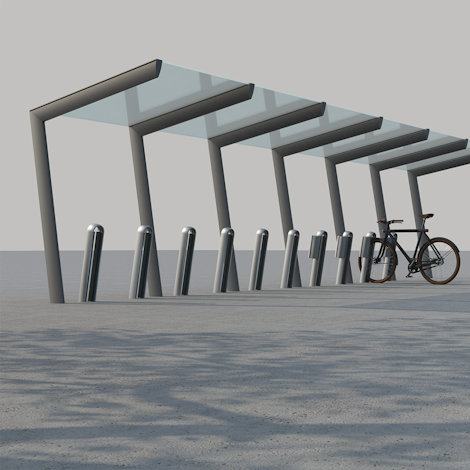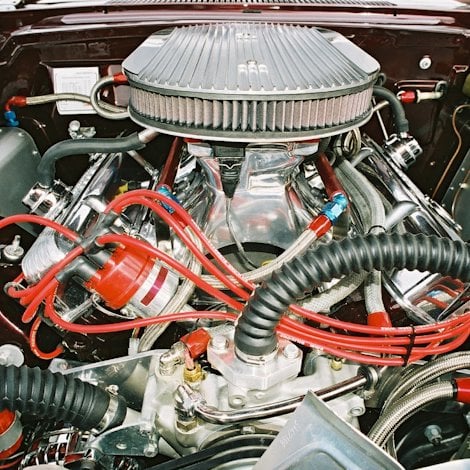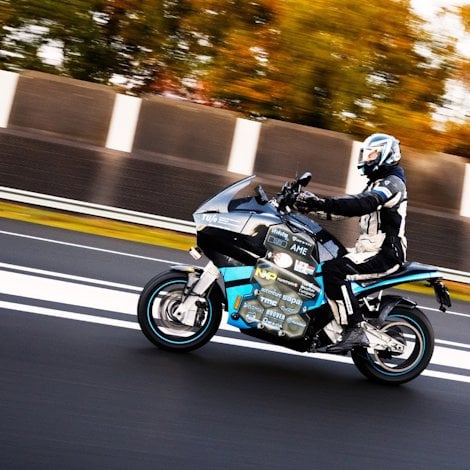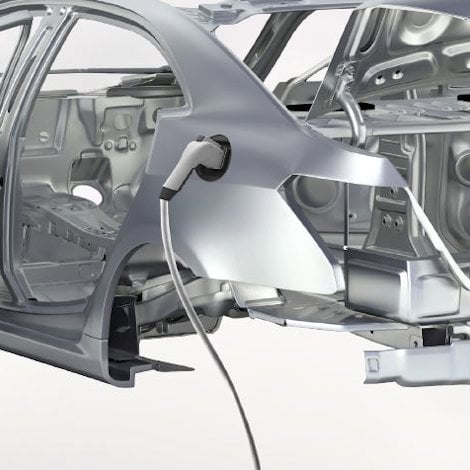Innovative climate systems can meet e-mobility heating challenge
Heating of the passenger cabin is a major challenge for electric cars.
Cars powered by petrol and diesel fuel can heat the passenger cabin from waste heat generated by the internal combustion engines that operate with efficiencies around only 30-to-40 percent. Electric car motors and batteries operate with approximately 90 percent efficiency and cannot provide the necessary heat alone. Electric heating must be added, and this drains the battery, thereby reducing driving range.
Tesla’s resistive heater can draw up to 6 kW – a lot of power! Tests on different types of electric cars have shown losses of 20-to-50 percent in driving range during winter conditions.
The obvious solution is to use a heat pump.
Heat pumps better than PTC heaters for electric cars
The heat pump is basically the same as the air conditioning system, just working in reverse mode, so that the evaporator in the cabin becomes the condenser and the outside heat exchanger in front becomes the evaporator.
When the temperature of the evaporator is lower than the outside air temperature, the refrigerant sucks heat from the ambient and evaporates. Compression of the refrigerant lifts the temperature to well above the cabin temperature. Cooling and condensation in the indoor heat exchanger is used to warm the cabin. The refrigerant is finally returned to the outdoor heat exchanger via the expansion valve and the cycle pumping heat from outdoor to indoor is complete.
Though the efficiency of electric resistance or positive temperature coefficient (PTC) heaters is quite good – better than 90 percent – a heat pump can do even better.
Heat pumps need only one-third of the electric power
Using a heat pump in outside temperatures of 5-10 °C can boost the electric power needed to drive the compressor up to 280-350 percent heat rejection (Coefficient of performance = 2.8-3.5). What this means is that the heat pump only needs one-third of the electric power required by the electric heater.
The heat pump COP drops with temperature, but it is still more efficient than the electric heater down to -15 °C. Jaguar’s new I-Pace will use a heat pump that the company claims is going to increase driving distance by 50 kilometers when the outside temperature is 10-15 °C.
Nissan first with heat pumps in Leaf EV
In 2013, the Nissan Leaf EV became the first mass-produced car offering a heat pump. It is more common today in electric vehicles.
Most systems use direct-expansion heat pumps, but other types of systems have been developed. These include more complicated systems using a secondary glycol-water loop that can harvest waste heat from the cooling of the electric motor, power electronics and battery.








